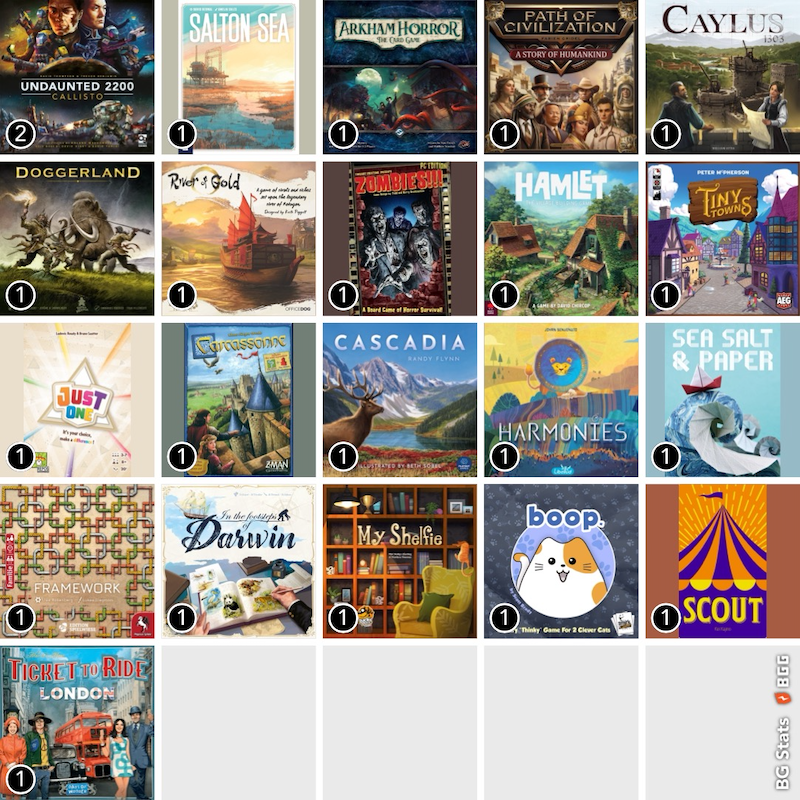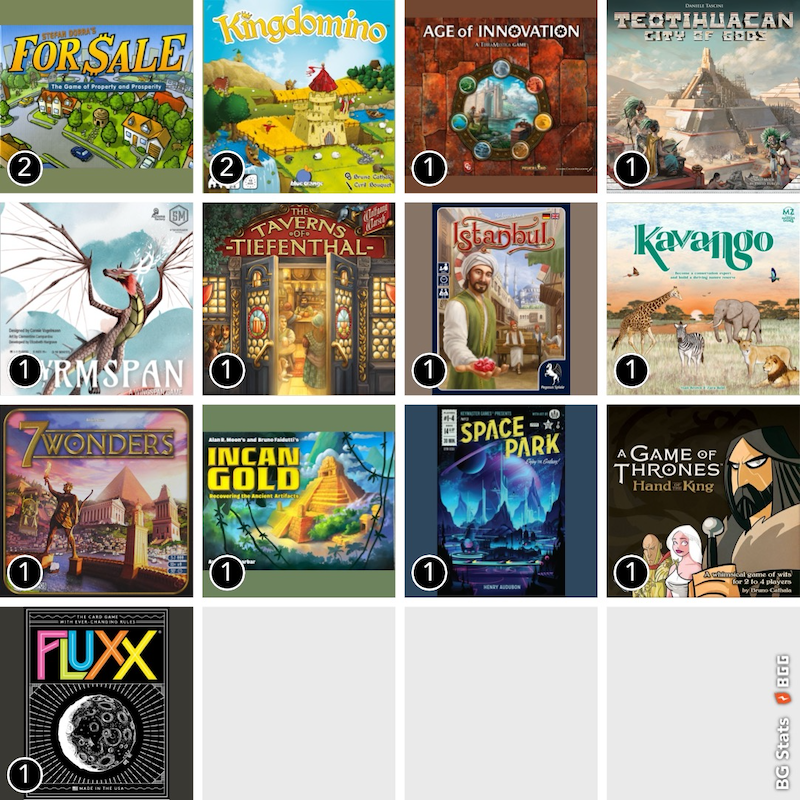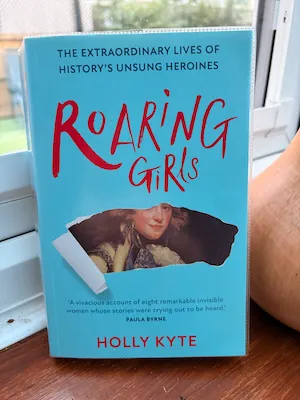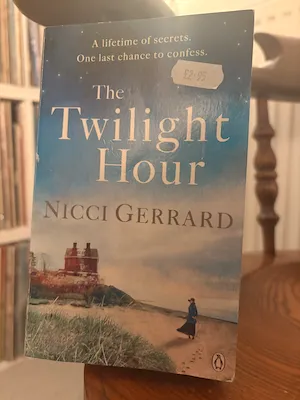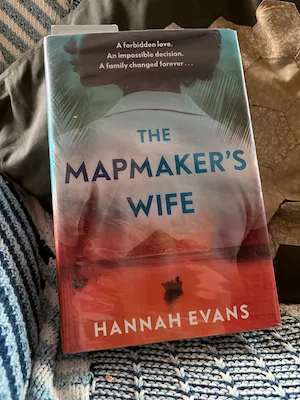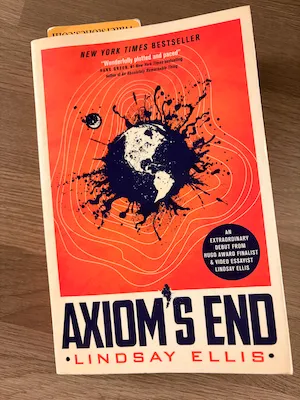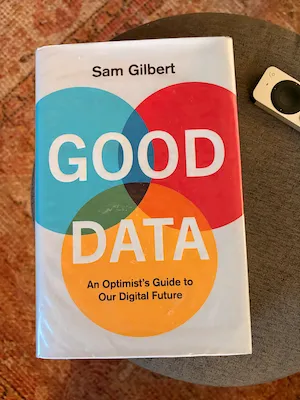Stamboul Train
by Graham Greene
Friday, June 28, 2024
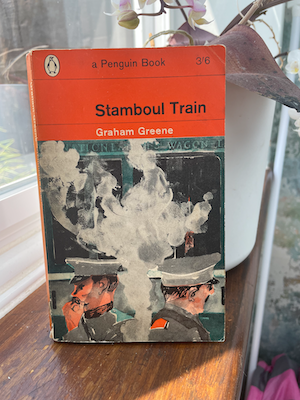
We’ve been moving house, there’s nothing better than that to make you aware of quite how many books you own! We’ve taken a zillion to charity shops and still have more than fit on our bookshelves. Why do we keep them? Mostly I think it’s simply “I’ve bought it so I’m going to keep it!”. We buy them, read them and put them on the shelves. But they become more than just objects. As soon as you read them they have little bits of your memory caught up in them. Even the ones you buy, shelve and don’t read have aspirations shelved alongside them. And the longer they stay on the shelves the stronger the urge to keep them becomes. A paperback I read last year is prime pickings for a charity shop run but a paperback I read twenty or thirty years ago has now become part of my soul.
I’ve been reading a lot of library books lately. And every one I read reminds me that there are plenty of books on the shelves at home that I could choose to read and haven’t done. Not just the ones I bought and didn’t get around to. Half(ish) of the books at home originated with my partner. Our reading tastes have enough overlap that there are plenty of books here at home that I’d like to read but somehow don’t. So consider this some kind of midsummer resolution to read more of the books that I already have at home.
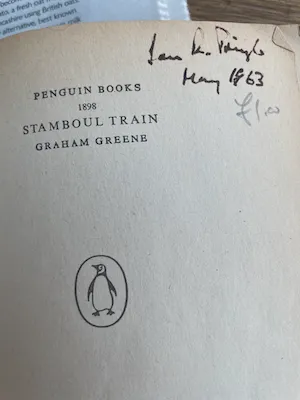 All of which is a roundabout way of saying that I picked this book up off the shelf at home sure that I’d read it before but I hadn’t done. It’s a 1963 edition of a book published in 1932. These old Penguin paperbacks are still fabulous and the binding on them is somehow better than newly bought ones. This one must have been bought by Darren at some point, I’ve no idea when, from a charity shop for £1. Originally the property of Ian R Pringle, May 1963. I used to write my name inside the books I bought too, I don’t know when I stopped doing that. I wish I’d thought to write the date too.
All of which is a roundabout way of saying that I picked this book up off the shelf at home sure that I’d read it before but I hadn’t done. It’s a 1963 edition of a book published in 1932. These old Penguin paperbacks are still fabulous and the binding on them is somehow better than newly bought ones. This one must have been bought by Darren at some point, I’ve no idea when, from a charity shop for £1. Originally the property of Ian R Pringle, May 1963. I used to write my name inside the books I bought too, I don’t know when I stopped doing that. I wish I’d thought to write the date too.
As an object, I love it, and it can definitely stay on the shelf even now both of us have definitely read it. As a book, I enjoyed it. Looking at it from 90+ years after it was written it seemed a bit heavy on the stereotypes - the money making Jew, the masculine looking lesbian - they got subverted a bit so this wasn’t all you saw of the characters but still there was a lot that seemed like pretty shallow characterisation really.
The setting is on the Orient Express train -‘Stamboul’ never seemed to be mentioned in the narrative but it’s an old name for ‘Istanbul’, the train’s destination in the book is given with the old name of Constantinople. I was constantly thinking of Agatha Christie’s Murder on the Orient Express but actually this is the older of the two books. And apparently this was published in the US as Orient Express which meant that the Christie then had it’s title changed for the US market. So confusion all around.
Anyway, it’s a good romp, exactly what I expect of Graham Greene, who I’ve apparently only read one book by this century: The Ministry of Fear though I read several more in the 1990s (still on my shelves for the most part). They are still easy reading even after so much time has passed since they were written and a window into the 1930s. The problem is that when you look through a window into the 1930s you encounter things like anti-semitism and as a modern reader I find it hard to figure out what’s coming from the author and what’s just the attitudes of the time. I can’t just enjoy the book without looking into it further, and that’s fine, I read books for many reasons and being made to think about things is definitely one of the reasons.
